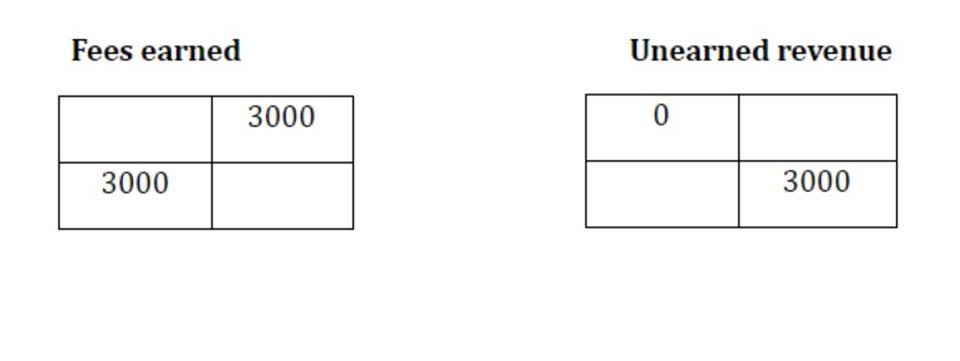
If dividends are granted, they are generally given out after the company pays all of its other obligations, so retained earnings are what is left after expenses and distributions are paid. In addition to considering revenue, it is impacted by the company’s cost of goods sold, operating expenses, taxes, interest, depreciation, and other costs. It may also be directly reduced by capital awarded to shareholders through dividends. Therefore, while the scope of revenue is more narrow, the impact to retained earnings is much more far-reaching.
Retained Earnings Formula
The income statement is a crucial financial document that outlines the company’s revenues, expenses, and net loss or income over a specific period. The equity section of the balance sheet provides a detailed overview of the company’s financial standing, retained earnings represents including the amount of retained earnings. Retained earnings appear on the balance sheet under the shareholders’ equity section. A company would use retained earnings to reinvest its profits into the business for future growth and expansion.
- To find the current retained earnings of the company, we can add the increase in retained earnings to its opening balance.
- Upon combining the three line items, we arrive at the end-of-period balance – for instance, Year 0’s ending balance is $240m.
- Dividends, which are a distribution of a company’s equity to the shareholders, are deducted from net income because the dividend reduces the amount of equity left in the company.
- Conversely, if a company has a low retained earnings percentage, it may indicate that it isn’t reinvesting enough of its profits back into the business, which could be cause for concern.
- It is calculated over a period of time (usually a couple of years) and assesses the change in stock price against the net earnings retained by the company.
What is the Retained Earnings Formula?
Paid-in capital comprises amounts contributed by shareholders during an equity-raising event. Other comprehensive income includes items not shown in the income statement but which affect a company’s book value of equity. Pensions and foreign exchange translations are examples of these transactions. The beginning period retained earnings appear on the previous year’s balance sheet under the shareholder’s equity section.

Cash Dividend Example
For instance, if you prepare a yearly balance sheet, the current year’s opening balance of retained earnings would be the previous year’s closing balance of the retained earnings account. Thus, retained earnings are the profits of your business that remain after the dividend payments have been made to the shareholders since its inception. So, each time your business makes a https://www.bookstime.com/ net profit, the retained earnings of your business increase. Likewise, a net loss leads to a decrease in the retained earnings of your business. One piece of financial data that can be gleaned from the statement of retained earnings is the retention ratio. The retention ratio (or plowback ratio) is the proportion of earnings kept back in the business as retained earnings.
- Relying solely on retained earnings to evaluate a company’s financial health can be misleading.
- Hence, the technology company will likely have higher retained earnings than the t-shirt manufacturer.
- Should the company decide to have expenses exceed revenue in a future year, the company can draw down retained earnings to cover the shortage.
- It’s important to scrutinize financial statements for any unusual accounting practices.
- While revenue focuses on the short-term earnings of a company reported on the income statement, retained earnings of a company is reported on the balance sheet as the overall residual value of the company.
- On the other hand, high-growth companies usually pay relatively smaller dividends or no dividend at all.
- However, investors also want to see a financially stable company that can grow, and the effective use of retained earnings can show investors that the company is expanding.
For example, a company may pay facilities costs for its corporate headquarters; by selling products, the company hopes to pay its facilities costs and have money left over. Below, you’ll find the formula for calculating retained earnings and some of the implications it has for both businesses and investors. Revenue is the total amount of income generated by the sale of goods or services related to the company’s primary operations. Revenue is the income a company generates before any expenses are taken out. For instance, a company may declare a $1 cash dividend on all its 100,000 outstanding shares. Accordingly, the cash dividend declared by the company would be $ 100,000.
- Up-to-date financial reporting helps you keep an eye on your business’s financial health so you can identify cash flow issues before they become a problem.
- If a company has a high retained earnings percentage, it keeps more of its profits and reinvests them into the business, which indicates success.
- This article breaks down everything you need to know about retained earnings, including its formula and examples.
- In this case, dividends can be paid out to stockholders, or extra cash might be put to use.
- On the other hand, if you have a loan with more lenient terms and interest rates, it might make more sense to pay that one off last if you have more immediate priorities.

